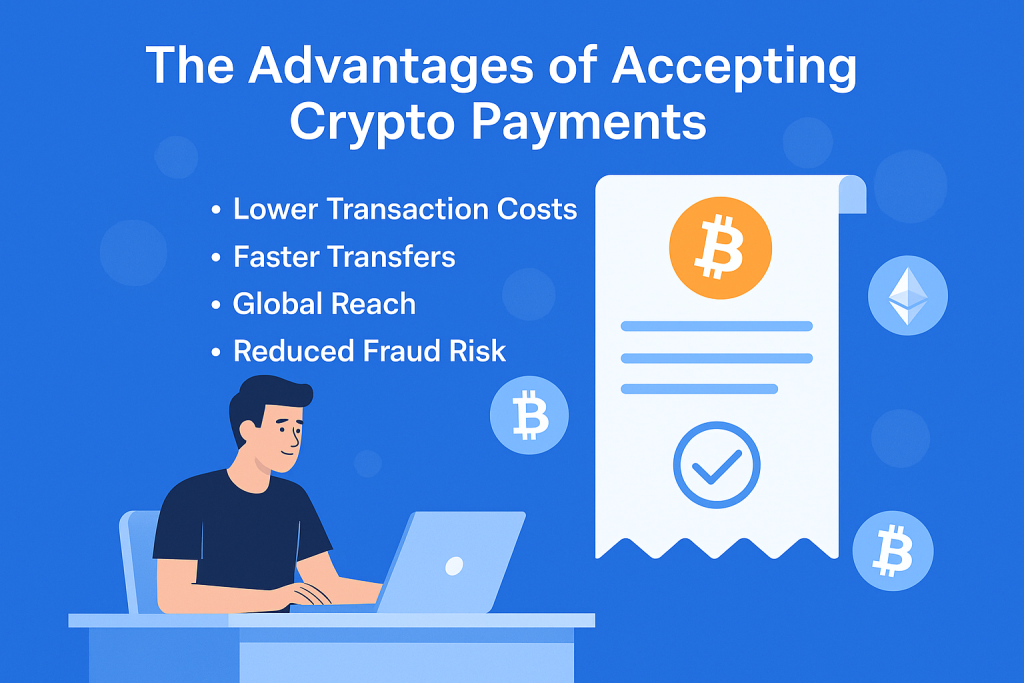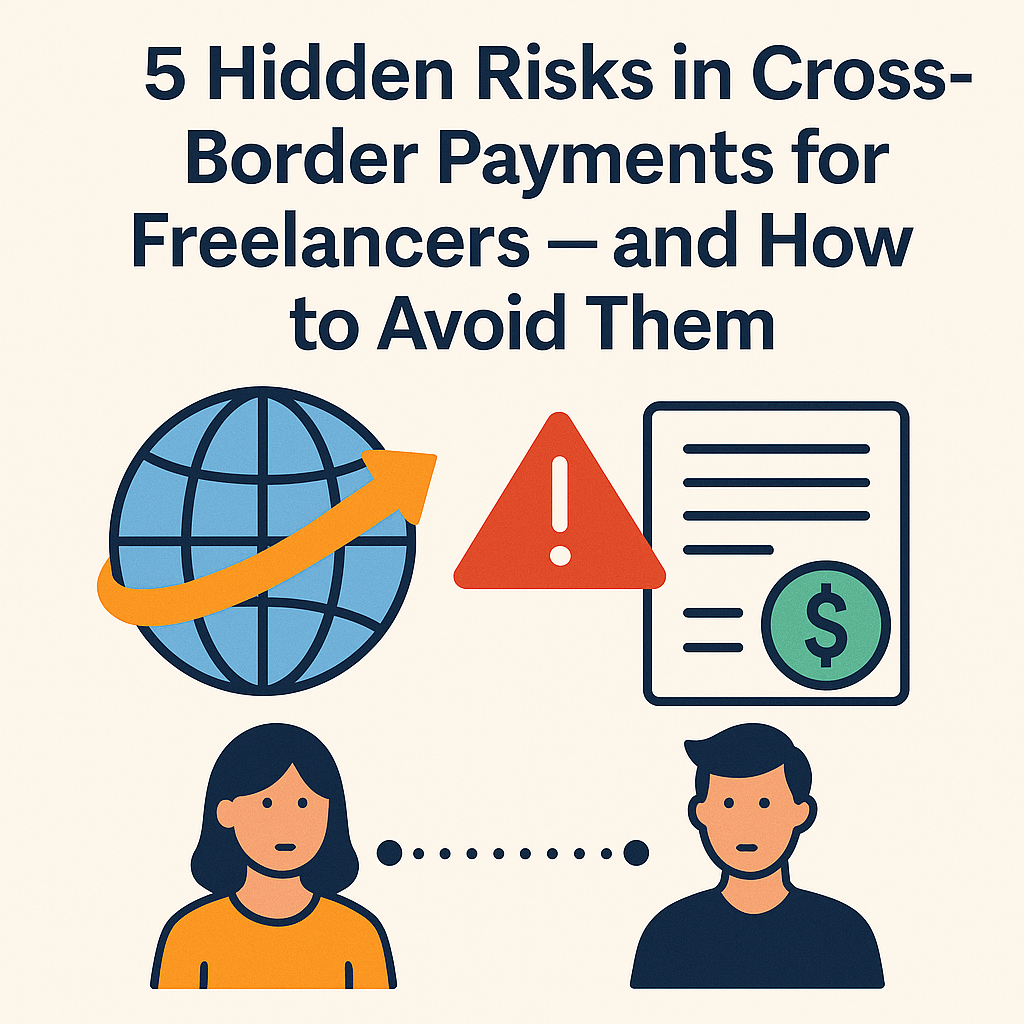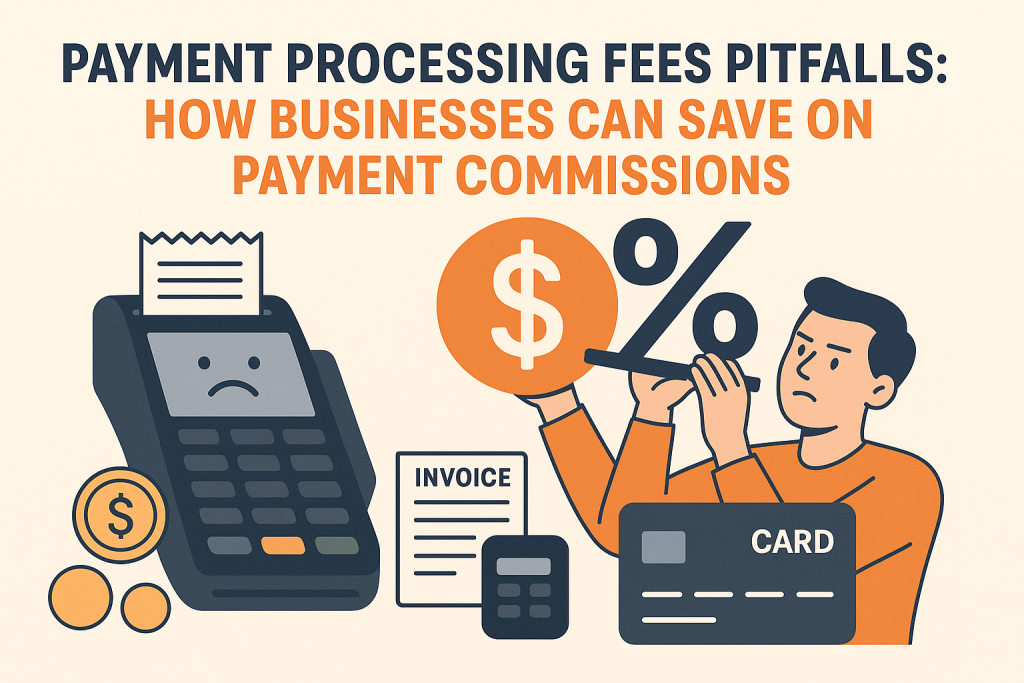Freelancing continues to gain popularity in 2025, not just as a full-time career but also as a flexible way to earn extra income. With it comes the freedom to control your schedule, work with clients you choose, and manage your own income. But while the freedom is appealing, managing money as a freelancer can be a challenge.
Whether you’re juggling multiple clients, dealing with international payments, or trying to make sense of inconsistent income, one thing becomes clear fast: managing money isn’t just about how much you earn—it’s about how well you handle what you’ve earned.
Here are three practical ways to take control of your freelance income and avoid the most common financial frustrations.
1. Handle Currency Fluctuations the Smart Way
If you work with international clients, you already know that exchange rates can shift daily—or even hourly. These changes are driven by global politics, inflation, and economic instability. Over time, even small differences in the rate can reduce how much you actually take home.
One way to manage this is to work with platforms that let you track exchange rates in real time and alert you when it’s a good time to convert your money. Some tools also let you hold multiple currencies or even keep your balance in digital assets, which gives you flexibility and more control over timing.
Making conversions when the rate is in your favor can result in significantly more money in your account by the end of the year.
2. Don’t Waste Time Waiting for Payments
In freelancing, speed matters—especially when it comes to getting paid. Unfortunately, many freelancers still wait several business days to receive their money after it’s been sent. That delay isn’t just inconvenient; it means your money is sitting idle, losing value in the meantime.
The solution is to choose payment methods that give you faster access. Some platforms allow near-instant settlement or same-day transfers. Others go further by offering ways to reinvest your earnings right away—like into crypto or savings tools.
The faster you receive your income, the sooner you can put it to use, whether that means covering expenses, reinvesting in your business, or just building savings.
3. Automate Your Income Tracking
It’s easy to focus all your energy on earning, but tracking your income is just as important. When you’re working with multiple clients or platforms, it’s hard to know exactly what’s coming in, where it’s coming from, and how much you’re losing to fees or conversions—unless you’re actively keeping track.
Manual spreadsheets might work at first, but they quickly become time-consuming and error-prone. Automating this process saves you hours each month and gives you real insight into your finances.
Look for platforms that automatically log your income, organize it by source, and let you see trends over time. When everything is in one place, you can make better decisions and spend more time focusing on your work.
Frequently Asked Questions (FAQ)
Q: What is the best way to track freelance income in 2025?
A: Use automated platforms that categorize income by client and show real-time reports.
Q: How can freelancers avoid currency losses?
A: Convert your funds when exchange rates are favorable using tools like Wise or Neomo.
Q: What’s the fastest way to get paid as a freelancer?
A: Use instant payout platforms like Neomo or crypto payment options like Coinbase Commerce.
Final Thoughts
Freelancing gives you the chance to earn on your own terms, but how you manage that income will make the biggest difference in the long run. High fees, poor exchange rates, and delayed access to your money are more than just small inconveniences—they’re things that can slowly chip away at your hard work.
By staying informed, acting at the right time, and using tools that give you real control over your earnings, you can move from simply making money to managing it with purpose.
After all, being a freelancer isn’t just about freedom. It’s about being smart with what you earn—so your income works for you, not against you.





